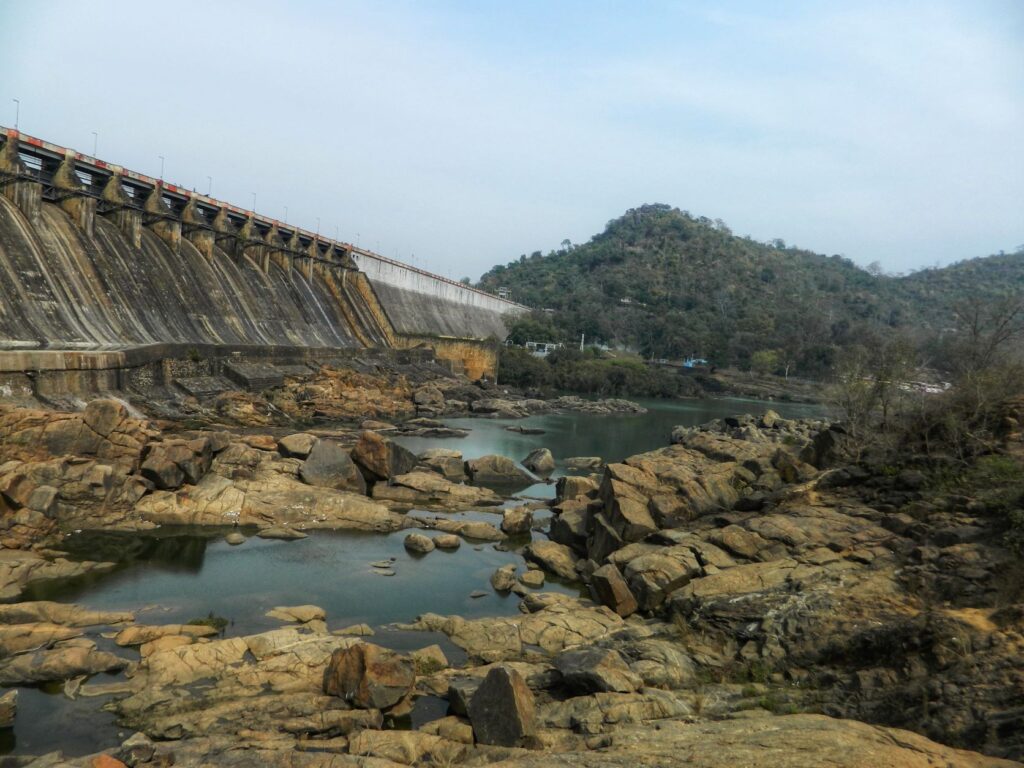HydroPower – A New Way to Create Renewable Energy and Reduce Environmental Impact
HydroPower, or water power, is a method of energy production by utilizing the energy of fast-running and falling water. This process converts gravitational potential energy into kinetic energy, and can be a very sustainable method of energy production. This method is becoming a popular choice in many places, and is a proven way to create renewable energy and reduce environmental impact.
Pumped storage
A new type of pumped storage system is being developed by Gravity Power. It utilizes a large piston suspended in a water-filled shaft. The piston is protected by sliding seals to prevent leaks and a return pipe connects to a pump-turbine on the ground. The module is filled with water prior to operations and sealed once it has been filled. Its Francis-type pump-turbines achieve high head efficiency in both pump and turbine modes.
Tidal power
Enduring Hydro and tidal power are both renewable sources of energy. However, the current supply chain for hydropower and tidal power is not ready for mass production, and is rather custom. As a result, the cost of generating electricity with tidal power is much higher than that of other renewable energy sources.

Ocean waves
Hydropower from ocean waves is an alternative energy source that converts ocean waves into electricity. Unlike wind and solar energy, ocean waves are concentrated near the surface. A fixed bottom-standing device pierces the ocean’s surface and converts the wave’s kinetic energy into electricity. Another option involves installing a point-absorber device, a small vertical device tethered to the ocean floor. It absorbs wave energy from all directions and generates electricity through bobbing or pitching.
Dams
In order to assess the development potential of dams for hydropower, scientists need to understand how dams affect different components of the hydrologic system. The key is to prioritize and describe the characteristics of natural flow regimes. Case studies of river basins indicate that partial restoration of these regimes can bring significant ecological benefit. However, the potential for social and environmental benefits to be recovered through dam re-operation is limited by existing water allocation entitlements, physical characteristics of existing dams, and socioeconomic constraints.
Availability
The Availability of HydroPower is determined by the available water. However, hydropower does not necessarily come at a low cost. There are many factors that determine the cost of hydropower, and many of these factors are not influenced by water resource availability.
Costs
There is a wide variety of costs associated with hydropower. There is the capital cost, the operating cost, and the balance of system cost. Increasing hydropower capacity has become increasingly important because of its low operating costs. In addition, hydropower generates significant amounts of electricity that can displace fossil fuel generation. This can lower consumer bills. Hydropower projects are often financed with revenue from power sales. These revenues are then returned to the U.S. Treasury, where they are repaid with interest over fifty years. Some hydropower projects are proposed as pumped hydro plants, which double as energy storage systems. These projects would pump water uphill when there is excess energy and release water when there is a power deficit.